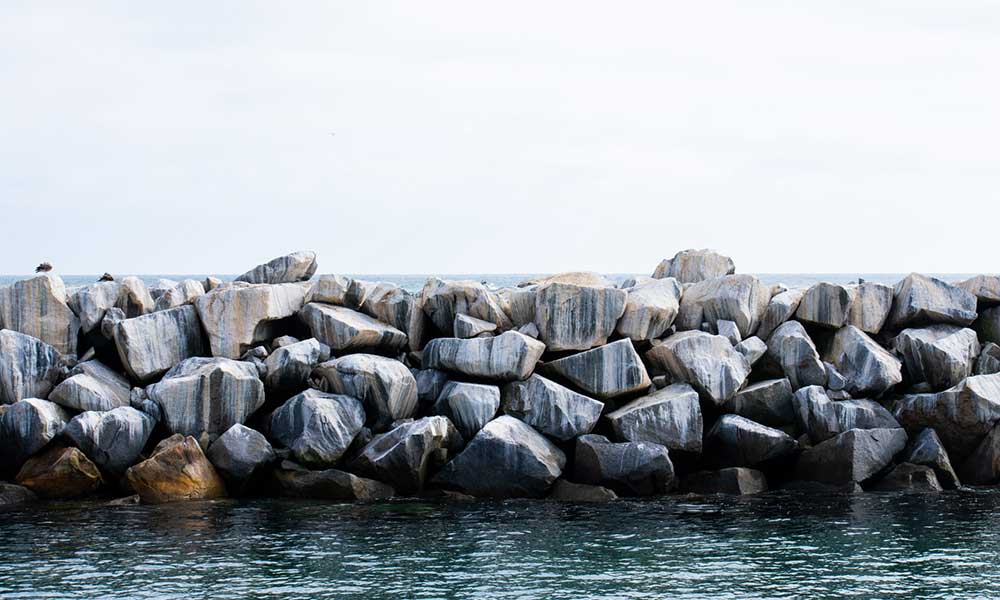The word “jetty” comes from the old French jetee, meaning “thrown”. It describes a manmade structure that projects out from the land and into the water.
The main purpose of a jetty is to protect the shoreline against erosion by reducing the impact of tides and currents.
There are several types of jetty and they serve many different purposes, as we shall learn in this guide.
What is the Purpose of a Jetty?
A jetty’s purpose depends on where it is used.
The most common locations for jetties are:
In Rivers
Jetties used in rivers are often known as “wing dams”.
They extend partly into the river and force the water to the center channel, which slows its flow near the riverbank and helps to reduce sediment.
At Docks
Jetties are used at docks to guide vessels into the jetty and to give them a place to dock.
They may serve other purposes, as well, but the main purpose is to protect boats.
Ocean Harbor Entrances
Jetties are often placed parallel in the entrances to harbors as a way of controlling inlet migration and reducing sediment deposits.
What are Jetties Made From?
A jetty can be made from a variety of different materials, including wood, concrete blocks, and stone.
What Problems Do Jetties Cause?
A jetty can protect a harbor and coastline from erosion and sediment deposits.
However, it will also interrupt the natural flow of water and this could cause a variety of other issues.
Sand and sediment can accumulate behind the jetty on the up drift side, but the opposite is true for the down drift.
Another jetty can be built to counter this issue, but that just kicks the can further down the road.
As a result, jetties help to control erosion in one place but may trigger it in another.
It is for this reason that jetties are no longer considered an optimal solution for erosion control.
What is the Difference Between a Jetty and a Pier?
The terms “jetty” and “pier” are often thought to be synonymous, but there is one key difference between the two.
Both of them project from the coastline but while a jetty disrupts the flow of water and protects against currents and tides, a pier does not.
The term “pier” actually has different meanings depending on where you live, but most recognize it as a wooden structure that is open and can be walked across.
A jetty, on the other hand, is solid and narrow and can be made from a variety of materials.







